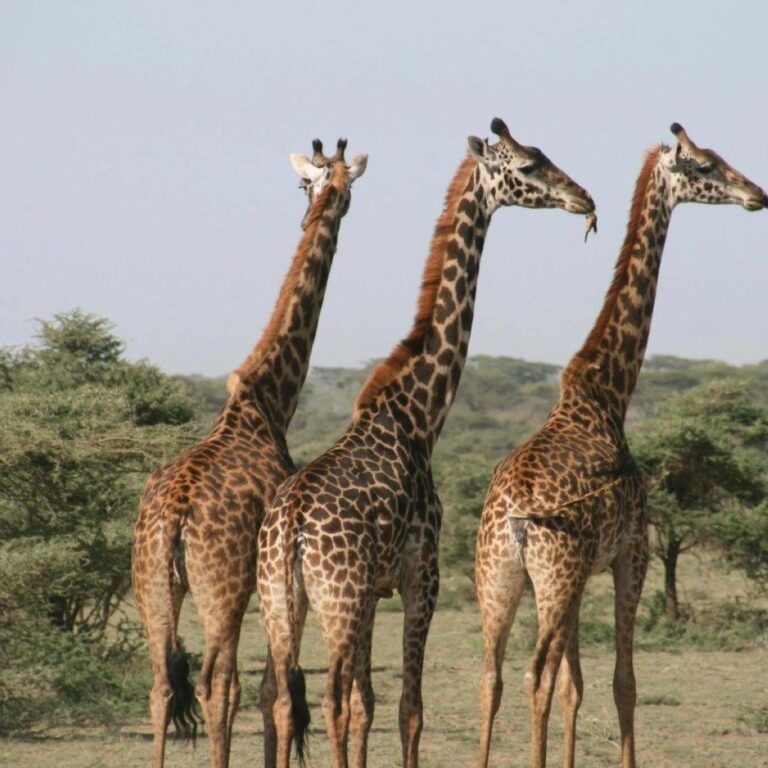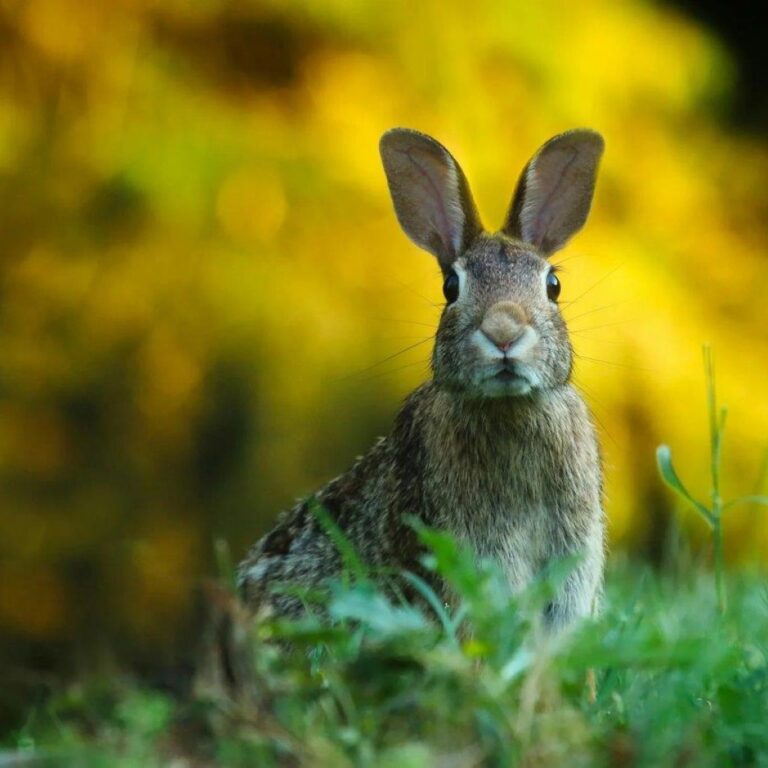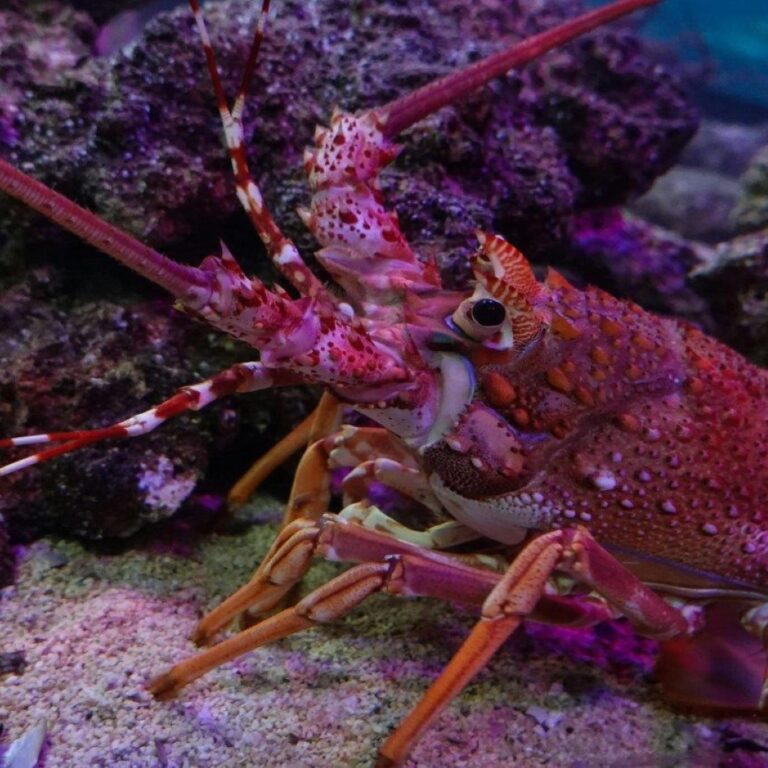Giraffes are the tallest land animals, with males reaching heights of up to 18 feet and females up to 14 feet. Their long necks alone can measure up to 6 feet in length.
Despite their long necks, giraffes have the same number of neck vertebrae as humans—seven. However, each vertebra can be over 10 inches long.
Giraffes are herbivores and primarily eat leaves, flowers, and fruits from tall trees, especially acacia trees. Their long tongues, which can be up to 20 inches long, help them grasp and pull down leaves.
A giraffe's tongue is prehensile and dark-colored, which helps protect it from sunburn as they feed on leaves high in the treetops.
Giraffes have a unique spot pattern that is unique to each individual, much like a human fingerprint. These spots provide camouflage and help regulate their body temperature.
Giraffes have large hearts, weighing around 25 pounds, to pump blood up their long necks to their brains. Their circulatory system is specially adapted to manage the high blood pressure required for this task.
Giraffes can run at speeds of up to 35 miles per hour over short distances and can maintain speeds of 10 miles per hour over longer distances.
Giraffes sleep very little, typically only 10 minutes to 2 hours per day, and they often sleep standing up to remain alert to predators.
Female giraffes give birth standing up, and their calves fall about 6 feet to the ground during birth. Despite the fall, newborn giraffes are usually able to stand and walk within an hour.
Giraffes are social animals and live in loose herds that can range from a few individuals to over 20. These herds are not territorial, and individuals often come and go.
They communicate using a variety of sounds, including grunts, snorts, and moans, although they are generally quiet animals. They also use body language, such as necking, to communicate.
Male giraffes engage in a behavior called 'necking,' where they swing their necks and heads at each other in combat to establish dominance and win mating rights.
Giraffes have an excellent sense of sight, which helps them spot predators from a distance. Their height also gives them a good vantage point to watch for danger.
They play a crucial role in their ecosystems by helping to shape the landscape. As they feed, they prune the tops of trees, which encourages new growth and provides food for other animals.
Conservation efforts are important for giraffes, as they face threats from habitat loss, poaching, and human-wildlife conflict. Protecting their natural habitats and creating wildlife corridors are key to their survival.
How useful was this post?
Click on a star to rate it!



